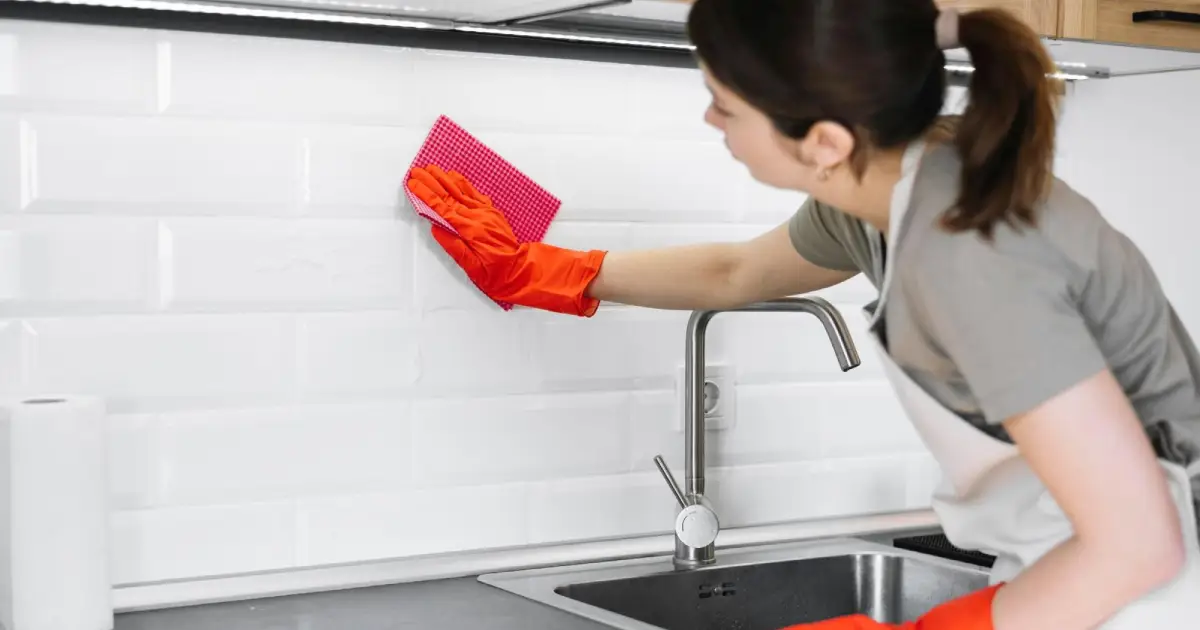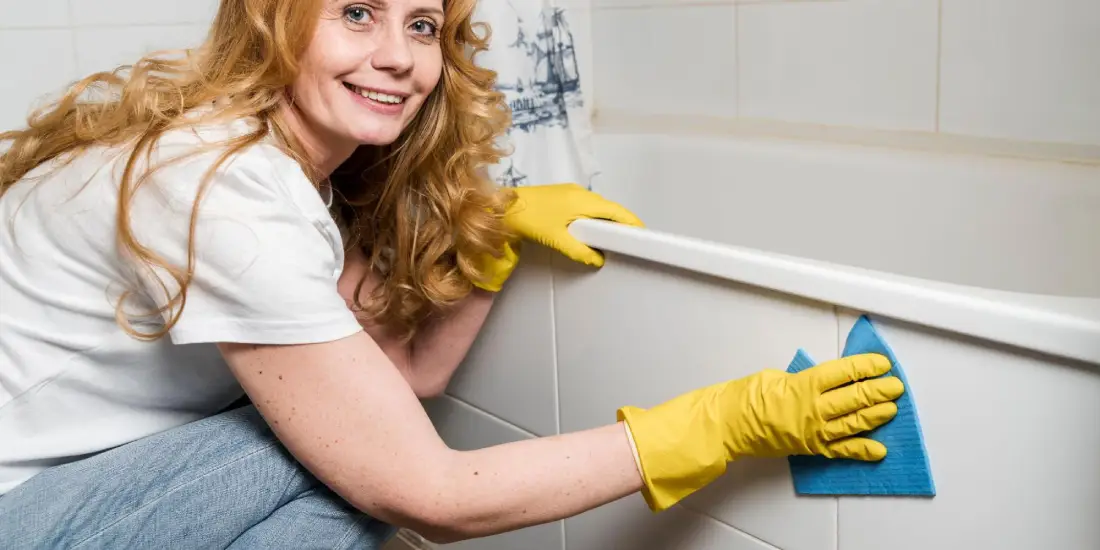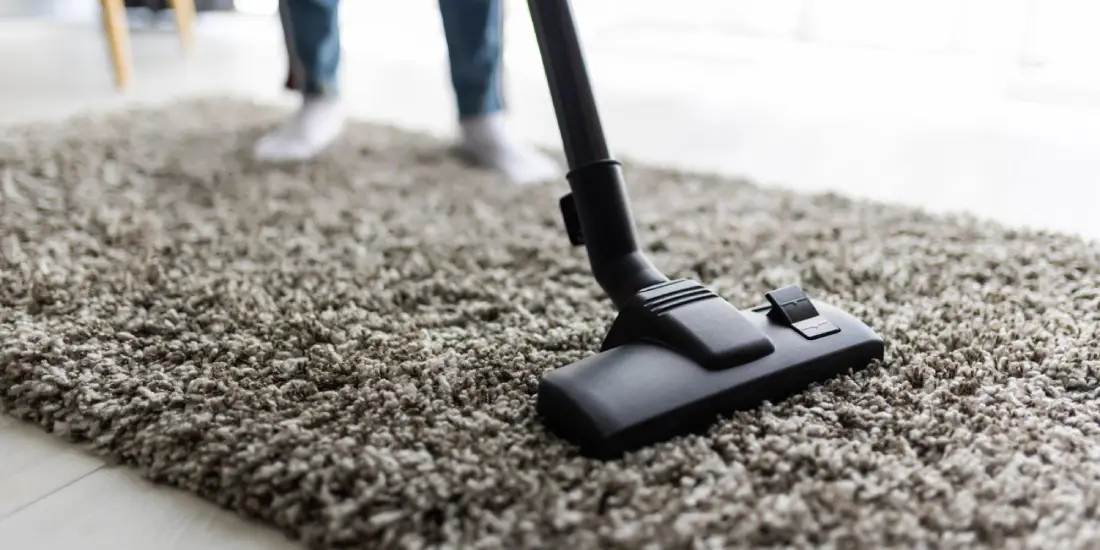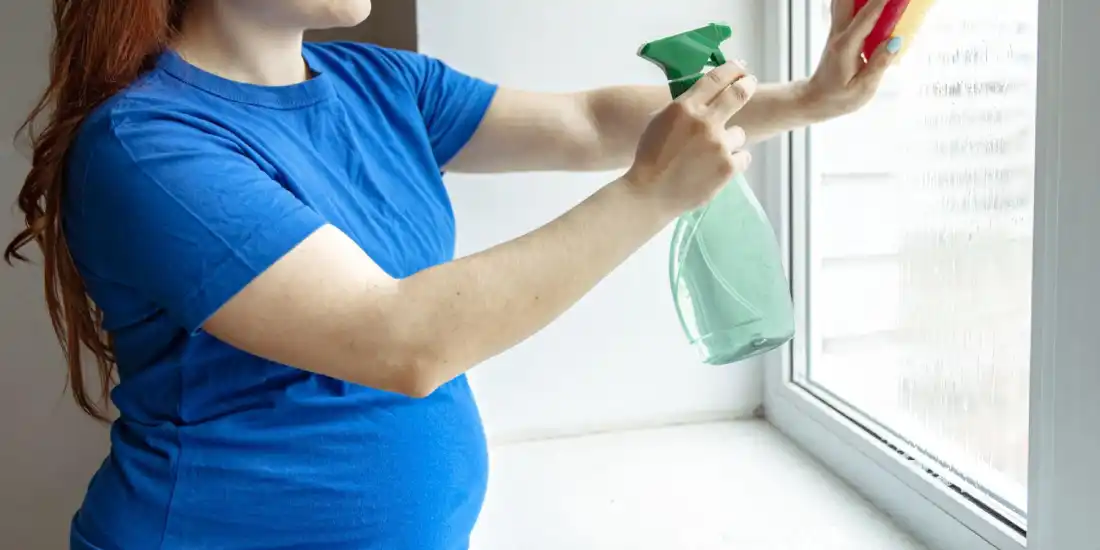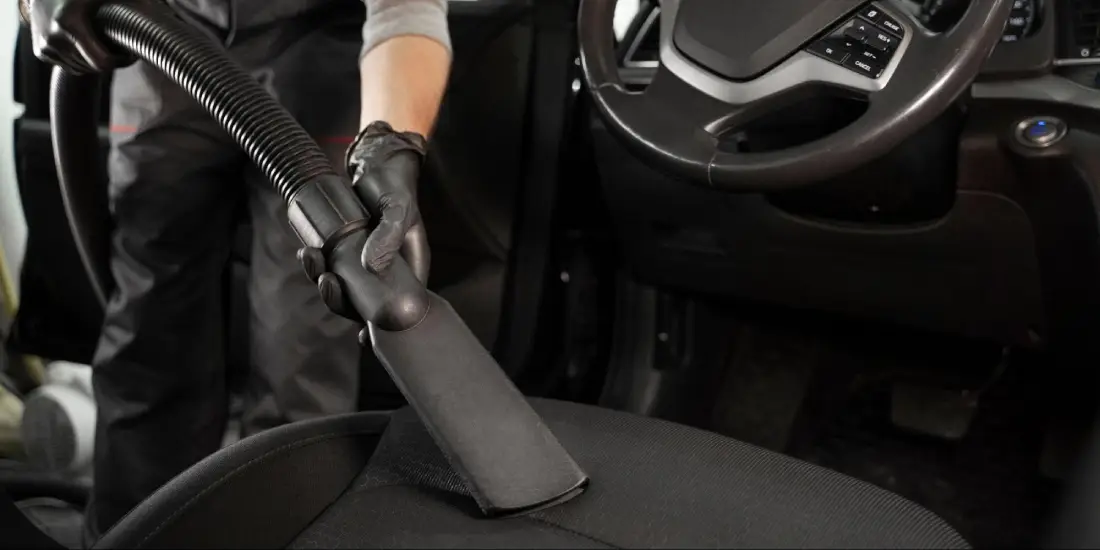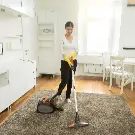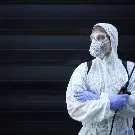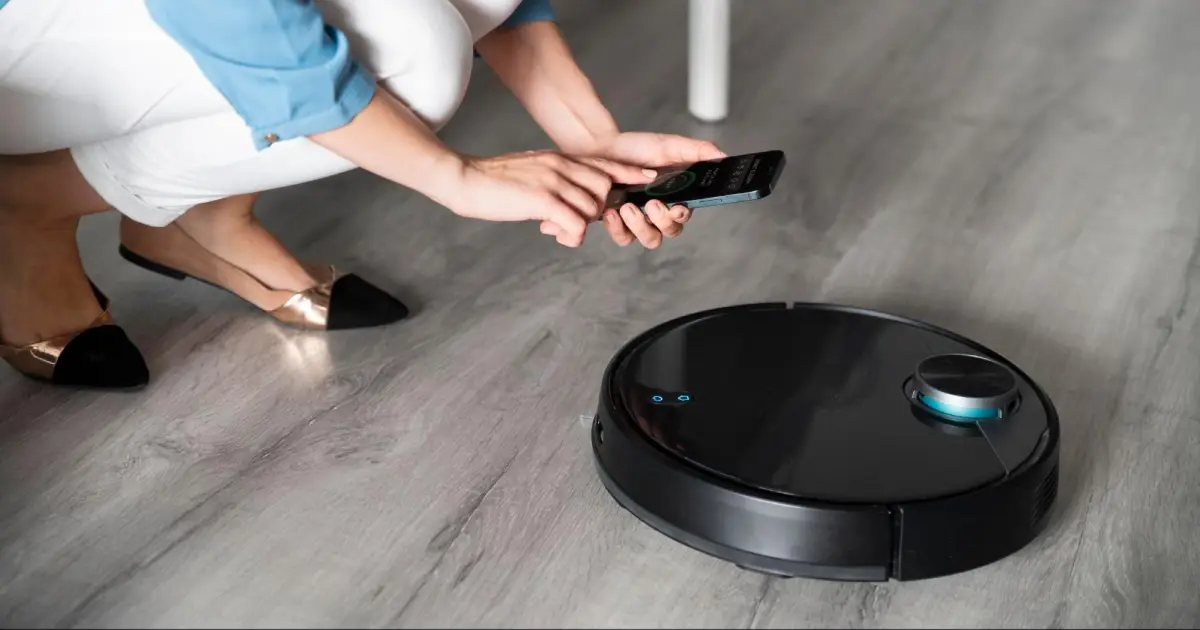
Robotic vacuums, also referred to as robovacs, are fully autonomous machines designed to clean floors without the assistance of a human. They have sensors and programming that enable them to avoid obstructions, clean different kinds of flooring, and find their way back to the docking station to recharge. The convenience and time-saving features of robotic vacuums make them quite popular. They can be especially helpful in households with lots of activity or for people with physical limitations who might find it challenging to vacuum in the traditional way. It is important to remember, though, that while robotic vacuums can be efficient at keeping floors clean, they might not be as thorough as conventional vacuum cleaners when it comes to deep-cleaning or fitting into small spaces. For deep cleaning your house, it is best to hire a professional house cleaning company.
Advantages of robotic vacuums
Energy-efficient
Due to their energy-efficient design, robotic vacuums can help you reduce your electricity costs. The majority of models come with sensors that let them move around your house without bumping into anything or falling over, which lowers their energy use. To ensure effective energy use, some models even have mechanisms that enable them to independently return to their docking station when their battery is low, recharge, and pick up where they left off cleaning.
Convenient
It is very easy to operate robotic vacuums. They are small and can easily fit in places that a typical vacuum cleaner might find challenging to access, such as under beds, under furniture, and in small spaces. Several brands come with sensors that detect obstacles and change their course accordingly, avoiding becoming stuck or harming your furniture. Some versions can even vacuum and mop your floors in one motion, which will help you save even more time and effort. Many homeowners choose to rely on an expert house cleaning company for a regular deep clean and employ a robovac for their daily cleaning needs.
Customizable settings
The majority of robotic vacuums have programmable cleaning settings that let you customize the cleaning procedure to your tastes. Depending on your needs, you can choose various cleaning modes like spot cleaning, edge cleaning, or random cleaning, as well as alter the cleaning power and timetable. Some versions also allow you to operate the vacuum remotely via an app on your smartphone, giving you freedom and control over the cleaning process even while you are not at home.
Disadvantages of robotic vacuums
Maintenance and repairs
Robotic vacuums need routine maintenance and occasionally need repairs, just like other electronics. In order to maintain optimum performance, they require routine cleaning, replacement, or maintenance on their moving components, brushes, filters, and sensors. A robotic vacuum might require repair if it experiences any technological problems or malfunctions, which can be expensive and time-consuming. When assessing the overall cost-effectiveness of a robotic vacuum, it is important to take into account the costs of continuing maintenance and potential repairs.
Cost
The price of robotic vacuums is one of their key drawbacks. Robovacs typically cost more than conventional vacuum cleaners. Robotic vacuums can be a considerable investment, while costs vary depending on the brand, model, and features. Even more expensive variants come with higher-end capabilities including mapping technology, smart connection, and sophisticated sensors. Therefore, some buyers who are concerned about their budget may be put off by a robovac's high initial cost.
Navigation limitations
Robotic vacuums can manoeuvre past furniture and obstructions, but there may still be some circumstances where they can't. For instance, certain robovacs may struggle to recognize low-height things like wires or cables or dark-coloured furniture, which could lead to collisions or tangles. Additionally, they could struggle to climb over high thresholds or navigate uneven surfaces. It is possible that some older or simpler versions lack cutting-edge mapping technology, which can lead to less effective cleaning patterns.

Professional Cleaning Services in Gold Coast
book now
Recent Posts
-
![Comprehensive Guide to Bond Cleaning with Ozclean]()
A Comprehensive Guide to Bond Cleaning with Ozclean
January 18, 2024
Admin
-
![blog-thumbnail]()
-
![blog-thumbnail]()
The Complete Guide to Dog Hair Removal from Office Carpets
December 28, 2023
Admin
-
![blog-thumbnail]()
Winter Cleaning Tips For Outdoor Spaces
August 03, 2023
Admin
-
![blog-thumbnail]()
Robotic Vacuums: Advantages And Disadvantages
April 14, 2023
Admin
-
![blog thumbnail]()
Tips For Cleaning Your Kitchen Efficiently And Effectively
March 30, 2023
Admin
-
![blog-thumbnail]()
Room-by-Room Cleaning Checklists for an Efficient Clean
March 08, 2023
Admin
-
![blog-thumbnail]()
Effective Ways To Remove Rust Stains From Bathtub
January 31, 2022
Admin
-
![blog-thumbnail]()
5 Effective Carpet Cleaning Hacks
January 10, 2022
Admin
-
![blog-thumbnail]()
5 Cleaning Tips For Pregnant Ladies
December 27, 2022
Admin
-
![blog-thumbnail]()
6 Tips To Choose The Ideal Vacuum Cleaner For Your Car
December 13, 2022
Admin
-
![blog-thumbnail]()
5 Benefits When You Chose Professional Roof Cleaning
May 03, 2022
Admin




